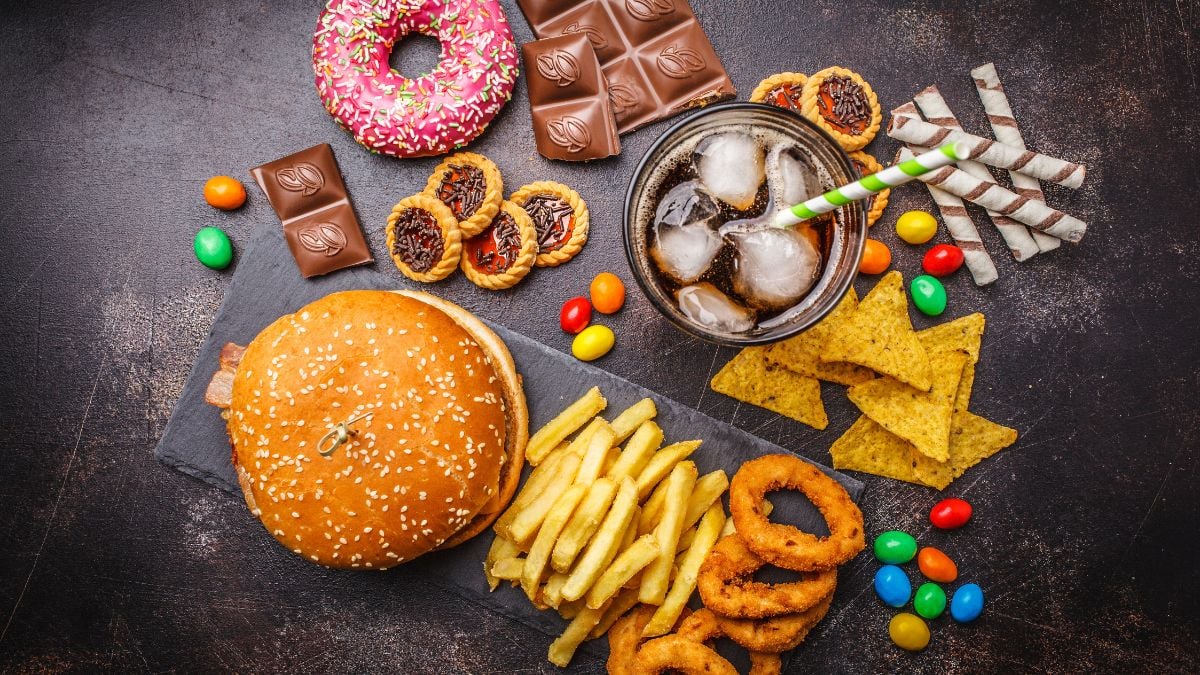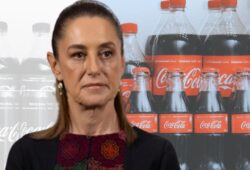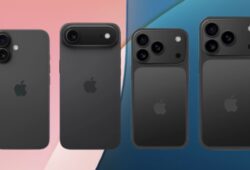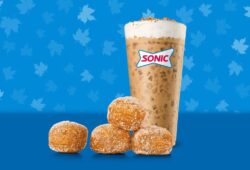
The food and beverage sector has experienced two decades of transformative changes: from the pressure to offer healthier and more sustainable options to adapting to new digital consumer expectations. In its latest edition, the BrandZ Most Valuable Global Brands 2025 report by Kantar reveals which brands are the most valuable in this category globally.
With a combined value of $285.6 billion, the Top 20 food and beverage brands showed a slight decline of 1% compared to 2024, reflecting the impact of inflation, increasing competition, shifting consumption habits, and pressure from private labels.
ALSO READ: What are the most valuable luxury brands in the world? Kantar BrandZ 2025
🥤 Which brands lead the food and beverage ranking in 2025?
Despite a challenging environment, Coca-Cola remains at the top of the sector with an estimated brand value of $111.392 billion, showing a 13% growth from the previous year. Here’s the full Top 20:
| Position | Brand | Brand Value (US$M) | Change vs 2024 |
|---|---|---|---|
| 1 | Coca-Cola | $111,392 | +13% |
| 2 | Red Bull | $19,743 | −11% |
| 3 | Pepsi | $16,805 | −5% |
| 4 | Lay’s | $12,312 | 0% |
| 5 | Nongfu Spring | $11,778 | −41% |
| 6 | Yili | $10,028 | +2% |
| 7 | Nespresso | $9,725 | −15% |
| 8 | Lindt | $9,448 | +16% |
| 9 | Nescafé | $9,167 | −9% |
| 10 | Kinder | $8,909 | −10% |
| 11 | Diet Coke | $8,587 | +11% |
| 12 | Monster | $8,149 | +1% |
| 13 | Fanta | $7,999 | +14% |
| 14 | Sprite | $7,890 | +15% |
| 15 | Britannia | $6,297 | +8% |
| 16 | Gatorade | $6,168 | +2% |
| 17 | Cadbury | $5,521 | −5% |
| 18 | Doritos | $5,254 | Re-entry |
| 19 | Dr. Pepper | $5,244 | Re-entry |
| 20 | Kraft | $5,214 | −6% |
Source: Kantar BrandZ Report 2025
ALSO READ: What are the most valuable retail brands in the world in 2025, according to Kantar?
📉 Why was it a challenging year for the sector?
According to the report, the slight 1% drop in the total value of the Top 20 brands is due to factors such as:
- High input costs
- Shifting diets toward lower sugar and additive options
- Pressure from emerging and private brands, competing on price and healthy positioning
However, traditional brands like Coca-Cola, Diet Coke, Sprite, and Fanta managed to grow, showing resilience in the face of these challenges.
🍫 Which brands stood out for their growth?
Among the top growers are:
- Lindt: +16%, now considered the most valuable chocolate brand in the world, thanks to its premium positioning and focus on healthy indulgence.
- Sprite: +15%, driven by its “Obey Your Thirst” campaign and strong cultural presence.
- Fanta: +14%, with new flavor associations and a fun, distinctive identity.
- Diet Coke: +11%, gaining ground within The Coca-Cola Company’s portfolio.
🧃 What role do Chinese brands play in food and beverages?
China has gained traction with brands like:
- Nongfu Spring, which despite a 41% drop this year, remains a global hydration leader due to its connection with protected water sources.
- Yili and Mengniu, dairy brands positioning milk as a functional and athletic beverage, creating space for high-value fortified products.
📊 What drives brand value in this category?
According to Kantar, the main drivers of growth are:
1. Meaningful differentiation
Brands that stand out through unique and emotional attributes can justify premium pricing. Lindt, for example, has turned chocolate into a special occasion rather than a common craving.
2. Pricing power
Brands that maintain appeal despite price hikes achieve higher margins. Coca-Cola is a clear example: it remains an emotional, cultural, and commercial reference point.
🛒 How are consumer habits changing?
The report highlights that consumers now prioritize:
- “Better for you” options
- Clean and sustainable ingredients
- Direct relationships with brands through ecommerce and social media
- Brands that cater to emotional well-being, beyond just functionality
This has boosted the rise of premium energy drinks like Red Bull and Monster, and direct-to-consumer platforms like Nespresso.
Value lies in perception
The Kantar 2025 ranking not only measures financial figures: it also reflects the emotional connection, innovation, and resilience of food and beverage brands. Those that manage to stand out in the consumer’s mind and offer a strong narrative have better chances of staying at the top of the market.
As Kantar puts it: “Being different is not enough. You must be meaningfully different.”










